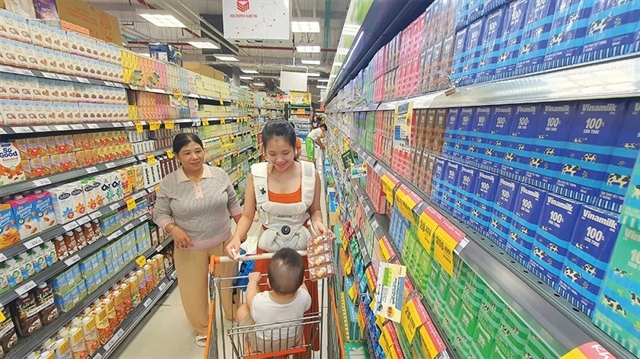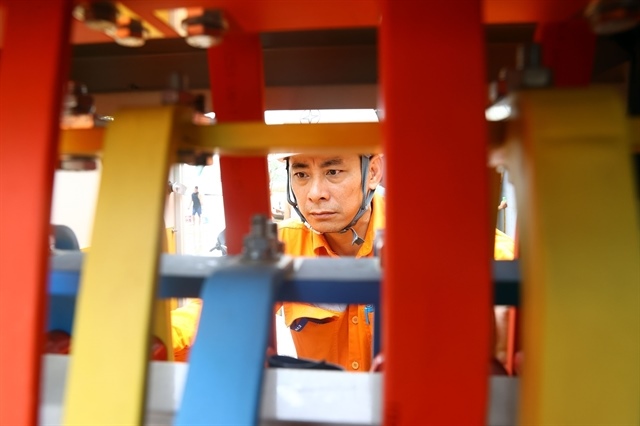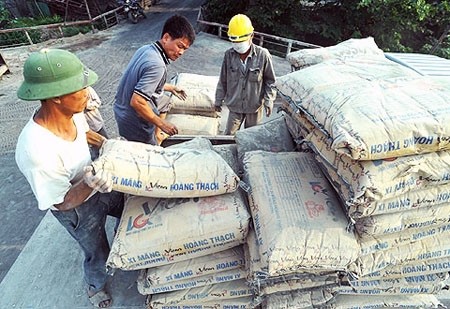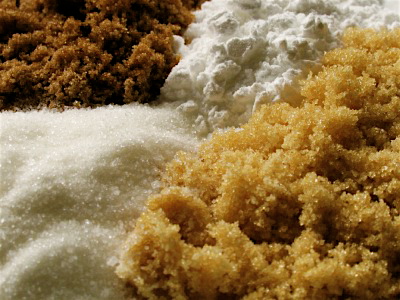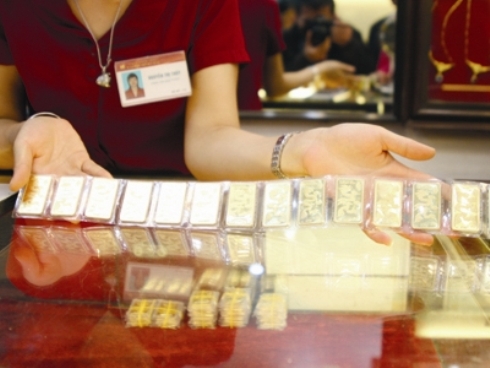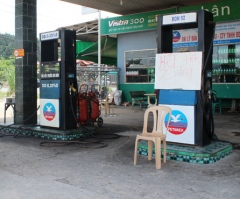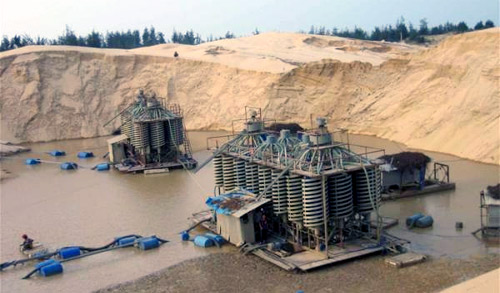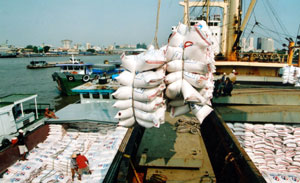State Bank mulls over hike in gold imports
State Bank mulls over hike in gold imports
Should the central bank decide to import gold? The question is an urgent one as credit institutions will not be allowed to mobilise gold after November 25, the deadline set by Government Circular 12/2012/TT-NHNN.
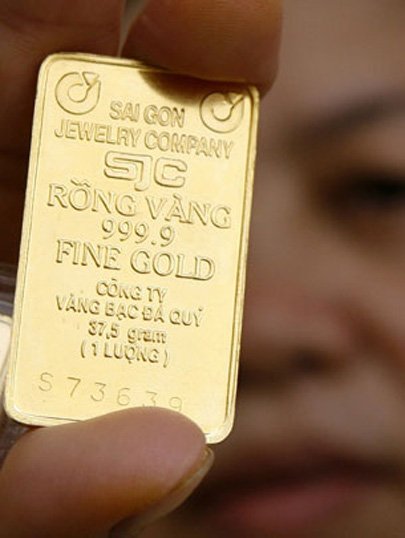
In recent days, gold prices on the domestic market have risen, with a record VND3 million-per-tael (US$144) difference between global and domestic gold prices.
Scarcity of the precious metal is to blame for the price rise, as banks have bought large volumes of gold bullion to ensure gold liquidity before the November 25 deadline.
Last year, to stabilise the market, five banks were allowed to mobilise gold from the public and sell gold bullion at fixed prices set by the State Bank.
As a result, the banks sold a large volume of gold deposited by customers at very low prices and under the form of gold certificates.
Because of these sales, banks are now in the position of having to buy gold to pay back their customers.
To ease gold scarcity on the market, the central bank this year has twice allowed the recasting of a total of 350,000 taels of damaged SJC gold bars and non-SJC bars.
Earlier this year, the central bank decided that it would be the only producer of gold bullion, and chose SJC to be the national brand. But, after banks and gold traders filed petitions, the central bank gave the green light to recast non-SJC gold bullions.
The new supply is insufficient as demand, particularly from commercial banks, is still very high. As late as last week, gold prices were more than VND47 million per tael.
To solve the scarcity problem, experts have suggested that the central bank should directly import gold to help the commercial banks' gold liquidity.
And, to ensure the stability of the exchange rate if gold were imported, the volume of imports should be no more than 20 tonnes, they said. In addition, commercial banks should use their foreign currency to import the gold.
However, problems could still exist in the market. In the past, for example, when the difference between domestic and global gold prices widened, the central bank often loosened gold imports in an aim to stabilise the market.
As a result, the market pressure eased, but only for a short time, while the price gap between domestic and global markets remained large, sometimes even reaching VND2 million per tael.
Worse still, as information about gold imports was released, the forex rate usually rose because of speculation.
The situation could be the same this year. If the central bank decides to import gold, then the forex rate could begin to fluctuate immediately.
In recent years, the gold supply was not always enough to meet demand, even after Viet Nam spent a large amount of foreign currency to import a fairly large volume of gold.
So, the question remains, how much is enough?
The central bank should extend the circular's deadline for gold lending and mobilisation at a number of commercial banks that are now facing a liquidity shortage, and then closely supervise their operations. This would reduce pressure on the market.
It is estimated that the public privately holds 300-500 tonnes of gold. If this gold volume were mobilised by banks, the commercial banks' gold liquidity problem would be eliminated.
Auto industry revs up
More than 100 contracts were signed during the Viet Nam Motor Show 2012, a sign of recovery for the industry.
Another good sign came when the Ministry of Transport said it had withdrawn its proposal to levy a fee on personal vehicles and cars.
The ministry's proposal was to reduce the number of vehicles and ease traffic on the roads but the auto industry claims it was hurt by this proposal.
According to the Viet Nam Automobile Manufacturers Association (VAMA), in the eight first months of the year, only 64,520 cars were sold, compared to 95,633 for the same period last year. Ending September, the figure rose to 65,086.
VAMA said that Viet Nam was the only ASEAN country to see a drop in auto sales, with Thailand, Indonesia and Malaysia having growth rates of 208 per cent, 142 per cent and 113 per cent, respectively.
The recession was not the major cause for a slowdown in sales. High car-ownership registration taxes and other kinds of taxes and fees are cited as reasons behind the slowdown in purchases.
As a result, although several incentives have been offered, low demand for cars continues.
VAMA predicts 100,000 cars could be sold by the end of the year. Earlier this year, VAMA said that only 80,000 cars would be sold this year, but revised its estimate in light of the ministry's recent withdrawal of its car-fee proposal.
Companies involved in manufacturing, assemblying and importing autos have also contributed to stirring up the market by reducing prices and offering diversified services.
Rice exporters struggle
Many rice exporters are strug
gling to pay back bank loans taken out earlier this year and are willing to sell their 5-per-cent broken rice at lower prices.
On July 9, the State Bank of Viet Nam sent a dispatch to the Viet Nam Export-Import Commercial Bank (Eximbank), asking it to provide loans to companies that plan to buy rice for a 500,000-tonne stockpile requested by the Government from the summer-fall crop.
The Viet Nam Food Association (VFA) appointed a number of companies to buy a total of 500,000 tonnes of rice. They were offered a zero per cent interest rate, but because the credit term was only three months, the loans are due this month.
Because of this debt, many companies since early October have had to sell their high-grade 5-per-cent broken rice for US$435-440 per tonne, lower than the global market price of $450 per tonne.
Rice exporters have urged the VFA to ask the banks to extend the deadline for payment of the loans.
If the banks approve, the companies would be allowed to continue to borrow money, but they would have to pay interest rates of about 12 per cent per year.
But the interest rate was too high for the exporters and they would prefer to sell their rice at cheap prices.
HCM City retail leases rise
Despite tough economic times, the retail leasing segment in HCM City continued to grow at a rapid pace this year.
The Vincom Center A commercial centre in the inner city, which opened last week, offers 38,000 square metres of retail space, of which 90 per cent has been leased.
Shopping centres in outlying areas, however, are not doing as well due to a drop in consumer purchasing power.
According to Savills Viet Nam, retail stores covering a total of 12,000 square metres outside the city centre shut down in the third quarter.
This year, grade-A commercial buildings in the city centre have leased property for US$105 per square metre, a price cut of 8 per cent compared to the same period last year. Rents in other kinds of commercial buildings are about US$30 per square metre, a drop of 9.5 per cent.
Although the retail sector faces difficulties, the city is still seen as a market with high potential because of its young population, rising incomes and rapid pace of urbanisation.
The city has a total of 700,000 square metres of retail area, mainly in the central business area.
vietnamnews



